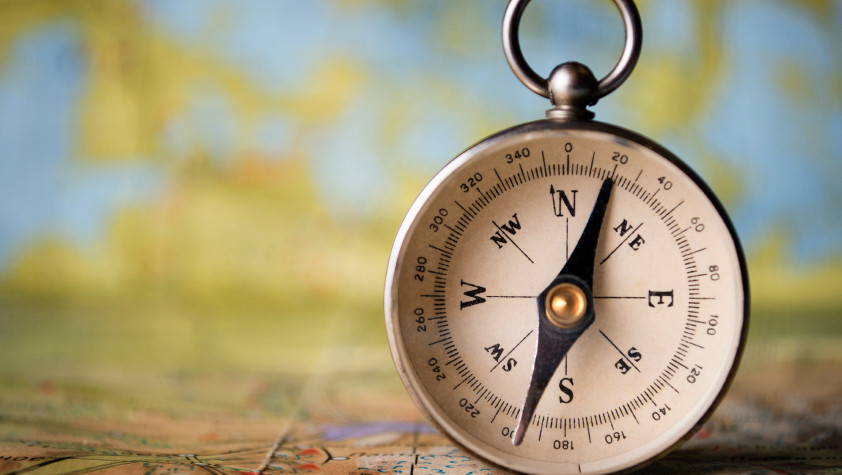Geographic Information Systems (GIS) have the potential to transform how government integrates and analyzes data, collaborates across agencies, and engages with citizens. By continuously measuring our environments and conducting spatial analysis, agencies can gain new insights and knowledge to help drive their missions.
That’s why Esri is hosting a two-day FedGIS Conference at the Walter E. Washington Convention Center in Washington, DC. Join more than 4,000 federal professionals in exploring how geospatial technologies can help government solve problems around the world. Attendees will be able to ask their most pressing questions about GIS platforms and understand how their peers are overcoming the challenges associated with implementing and using the systems.
The conference is designed to introduce government and technology leaders to ESRI’s ArcGIS platform and explain how it can improve agency efficiency through a greater understanding of real time spatial data.
Two sessions in particular will get to the heart of why GIS matters today more than ever to the public sector. On day one, representatives from the FAA and other organizations will present at the opening plenary session on how they are specifically using GIS. Attendees can learn how the FAA is using GIS to optimize national air space; how Loudoun County, VA is using GIS to deliver valuable information to citizens and businesses; and how the Chesapeake Conservancy is using GIS to better analyze remotely sensed data. In addition, Jack Dangermond, President of Esri, will share his vision for how GIS can help improve our nation with GIS.
On the second day, February 14th, attendees will continue exploring helpful showcases and workshops. At 9:45AM they will hear keynote speaker David Yarnold, President & CEO of the Audubon Society, discuss how his organization has updated their legacy systems and spread the use of geographic thinking across their network.
Through the use of GIS, Yarnold was able to lead a transformation of the Audubon Society into an organization that used a common GIS platform to foster collaboration among environmental and conservation groups across 463 chapters, 23 state offices, and 41 education centers. As a result of the update use of technology in the organization, he was able to mobilize the stakeholders to develop new standards for wildlife-safe placement of wind turbines and he was able to successfully map and preserve almost 50 percent of Alaska’s National Petroleum Reserve.
By attending the Esri FedGIS Conference on February 13th and 14th at the Walter E. Washington Convention Center you will walk away inspired and ready to modernize your work and your agency with GIS platforms that can give you real time actionable data.
Registration is complimentary for federal government employees. For more information and registration visit: http://www.esri.com/events/federal/registration
